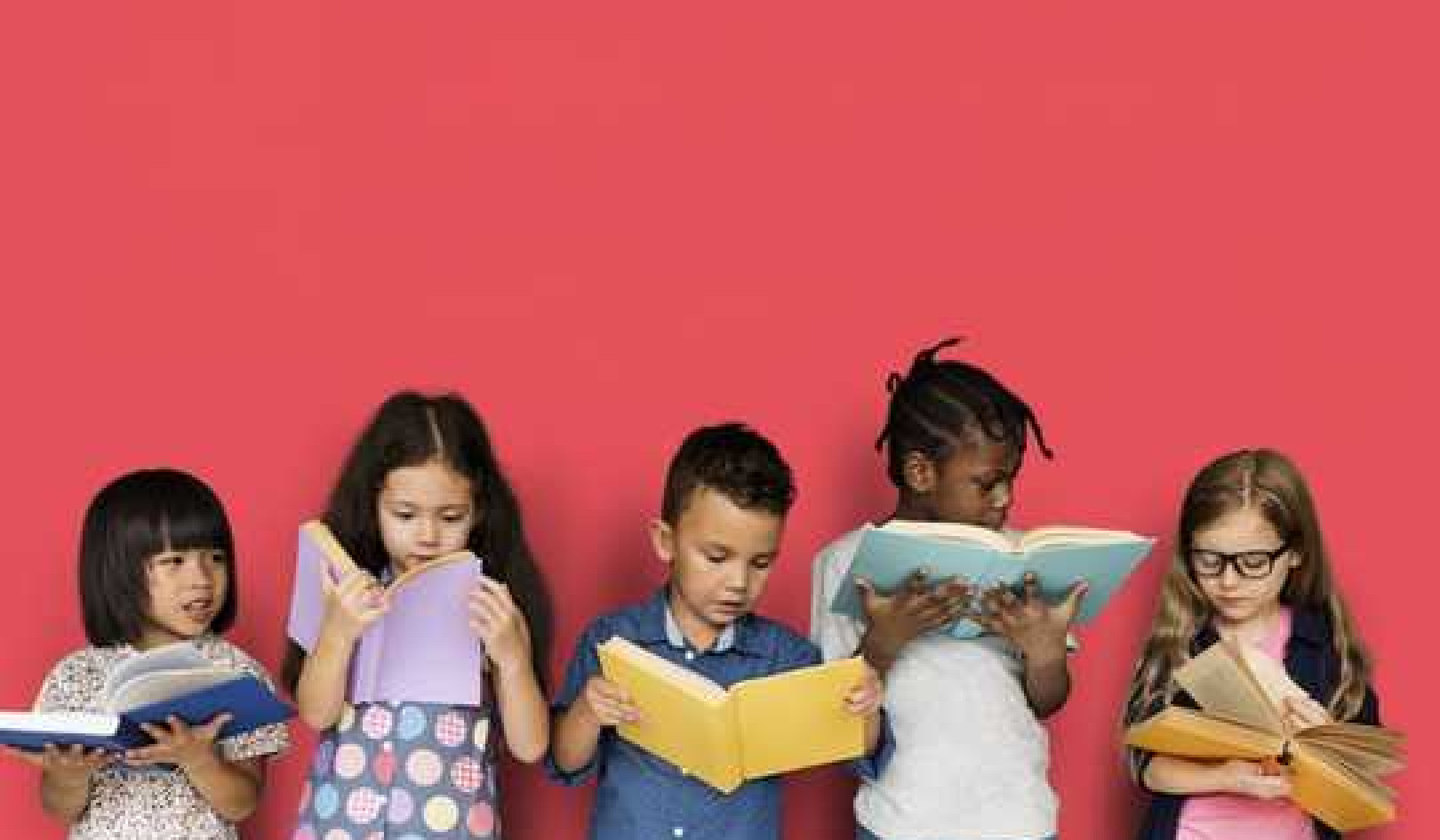
When mental focus and reflection are called for, it’s time to crack open a book. Image by Pexels.
During the pandemic, many college professors abandoned assignments from printed textbooks and turned instead to digital texts or multimedia coursework.
As a professor of linguistics, I have been studying how electronic communication compares to traditional print when it comes to learning. Is comprehension the same whether a person reads a text onscreen or on paper? And are listening and viewing content as effective as reading the written word when covering the same material?
The answers to both questions are often “no,” as I discuss in my book “How We Read Now,” released in March 2021. The reasons relate to a variety of factors, including diminished concentration, an entertainment mindset and a tendency to multitask while consuming digital content.
Print versus digital reading
When reading texts of several hundred words or more, learning is generally more successful when it’s on paper than onscreen. A cascade of research confirms this finding.
The benefits of print particularly shine through when experimenters move from posing simple tasks – like identifying the main idea in a reading passage – to ones that require mental abstraction – such as drawing inferences from a text. Print reading also improves the likelihood of recalling details and remembering where in a story events occurred – “Did the accident happen before or after the political coup?”
Studies show that both grade school students and college students assume they’ll get higher scores on a comprehension test if they have done the reading digitally. And yet, they actually score higher when they have read the material in print before being tested.
Educators need to be aware that the method used for standardized testing can affect results. Studies of Norwegian tenth graders and U.S. third through eighth graders report higher scores when standardized tests were administered using paper. In the U.S. study, the negative effects of digital testing were strongest among students with low reading achievement scores, English language learners and special education students.
My own research and that of colleagues approached the question differently. Rather than having students read and take a test, we asked how they perceived their overall learning when they used print or digital reading materials. Both high school and college students overwhelmingly judged reading on paper as better for concentration, learning and remembering than reading digitally.
The discrepancies between print and digital results are partly related to paper’s physical properties. With paper, there is a literal laying on of hands, along with the visual geography of distinct pages. People often link their memory of what they’ve read to how far into the book it was or where it was on the page.
But equally important is mental perspective, and what reading researchers call a “shallowing hypothesis.” According to this theory, people approach digital texts with a mindset suited to casual social media, and devote less mental effort than when they are reading print.
Podcasts and online video
Given increased use of flipped classrooms – where students listen to or view lecture content before coming to class – along with more publicly available podcasts and online video content, many school assignments that previously entailed reading have been replaced with listening or viewing. These substitutions have accelerated during the pandemic and move to virtual learning.
Surveying U.S. and Norwegian university faculty in 2019, University of Stavanger Professor Anne Mangen and I found that 32% of U.S. faculty were now replacing texts with video materials, and 15% reported doing so with audio. The numbers were somewhat lower in Norway. But in both countries, 40% of respondents who had changed their course requirements over the past five to 10 years reported assigning less reading today.
A primary reason for the shift to audio and video is students refusing to do assigned reading. While the problem is hardly new, a 2015 study of more than 18,000 college seniors found only 21% usually completed all their assigned course reading.
Audio and video can feel more engaging than text, and so faculty increasingly resort to these technologies – say, assigning a TED talk instead of an article by the same person.
Maximizing mental focus
Psychologists have demonstrated that when adults read news stories or transcripts of fiction, they remember more of the content than if they listen to identical pieces.
Researchers found similar results with university students reading an article versus listening to a podcast of the text. A related study confirms that students do more mind-wandering when listening to audio than when reading.
Results with younger students are similar, but with a twist. A study in Cyprus concluded that the relationship between listening and reading skills flips as children become more fluent readers. While second graders had better comprehension with listening, eighth graders showed better comprehension when reading.
Research on learning from video versus text echoes what we see with audio. For example, researchers in Spain found that fourth through sixth graders who read texts showed far more mental integration of the material than those watching videos. The authors suspect that students “read” the videos more superficially because they associate video with entertainment, not learning.
The collective research shows that digital media have common features and user practices that can constrain learning. These include diminished concentration, an entertainment mindset, a propensity to multitask, lack of a fixed physical reference point, reduced use of annotation and less frequent reviewing of what has been read, heard or viewed.
Digital texts, audio and video all have educational roles, especially when providing resources not available in print. However, for maximizing learning where mental focus and reflection are called for, educators – and parents – shouldn’t assume all media are the same, even when they contain identical words.
About The Author
Naomi S. Baron, Professor of Linguistics Emerita, American University
Books on Improving Performance from Amazon's Best Sellers list
"Peak: Secrets from the New Science of Expertise"
by Anders Ericsson and Robert Pool
In this book, the authors draw on their research in the field of expertise to provide insights into how anyone can improve their performance in any area of life. The book offers practical strategies for developing skills and achieving mastery, with a focus on deliberate practice and feedback.
Click for more info or to order
"Atomic Habits: An Easy & Proven Way to Build Good Habits & Break Bad Ones"
by James Clear
This book offers practical strategies for building good habits and breaking bad ones, with a focus on small changes that can lead to big results. The book draws on scientific research and real-world examples to provide actionable advice for anyone looking to improve their habits and achieve success.
Click for more info or to order
"Mindset: The New Psychology of Success"
by Carol S. Dweck
In this book, Carol Dweck explores the concept of mindset and how it can impact our performance and success in life. The book offers insights into the difference between a fixed mindset and a growth mindset, and provides practical strategies for developing a growth mindset and achieving greater success.
Click for more info or to order
"The Power of Habit: Why We Do What We Do in Life and Business"
by Charles Duhigg
In this book, Charles Duhigg explores the science behind habit formation and how it can be used to improve our performance in all areas of life. The book offers practical strategies for developing good habits, breaking bad ones, and creating lasting change.
Click for more info or to order
"Smarter Faster Better: The Secrets of Being Productive in Life and Business"
by Charles Duhigg
In this book, Charles Duhigg explores the science of productivity and how it can be used to improve our performance in all areas of life. The book draws on real-world examples and research to provide practical advice for achieving greater productivity and success.
Click for more info or to order
This article is republished from The Conversation under a Creative Commons license. Read the original article.























